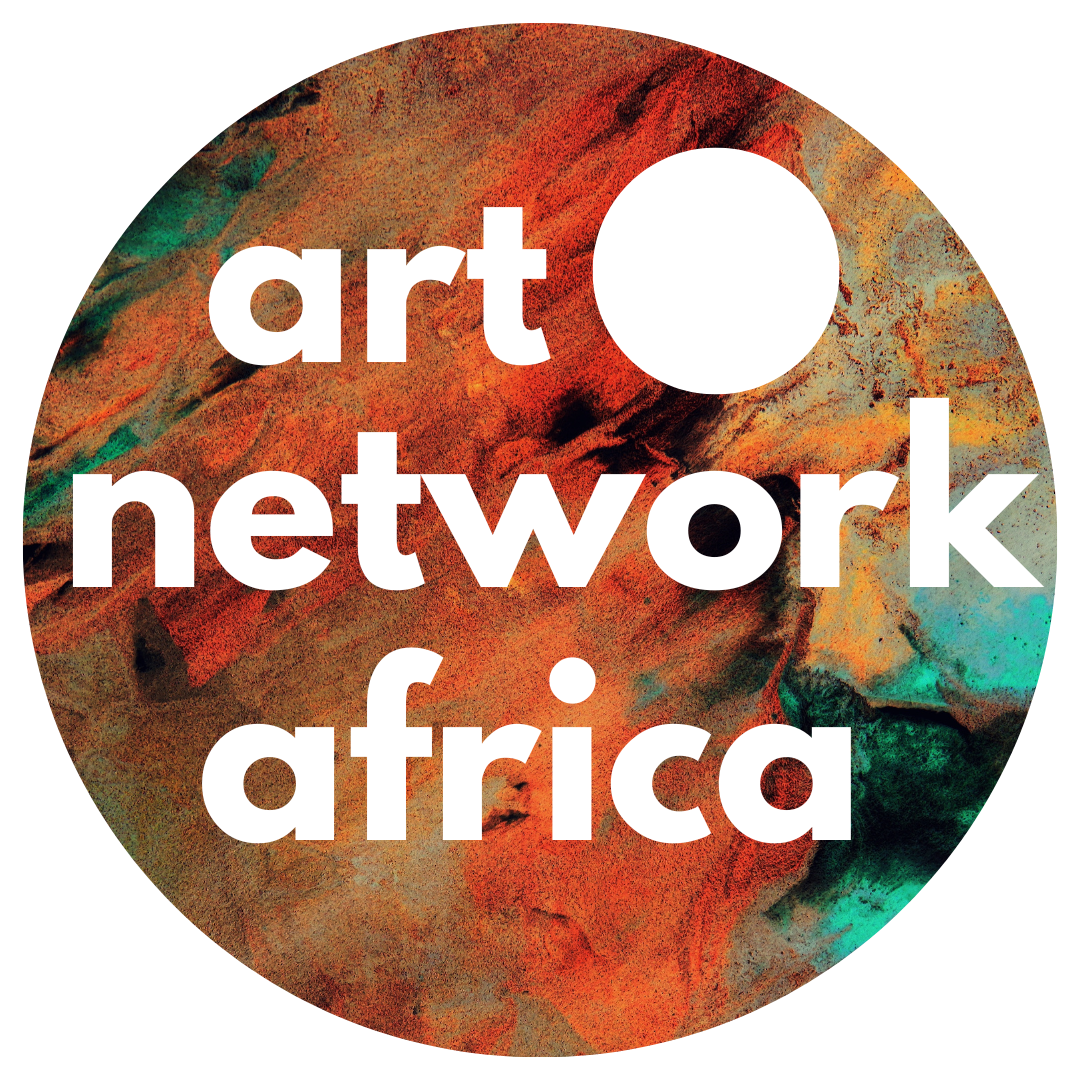A rediscovered 1897 portrait by Austrian painter Gustav Klimt has captivated the art world with its unveiling at TEFAF Maastricht in the Netherlands.
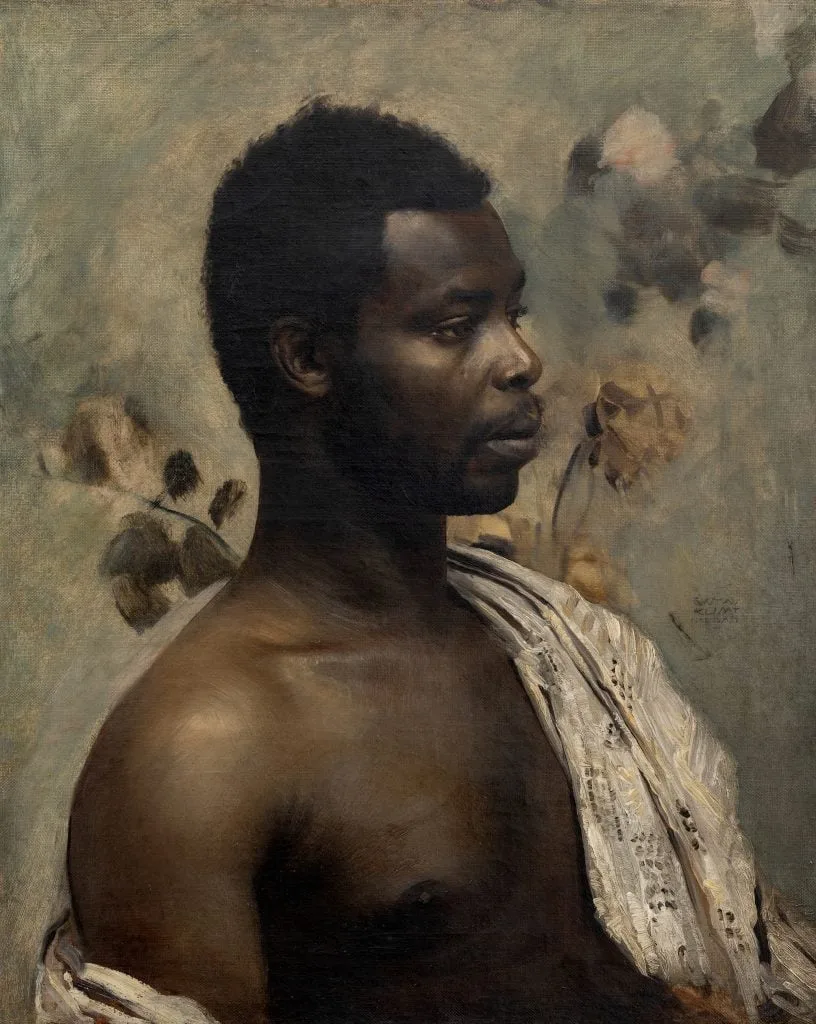
The painting, depicting Prince William Nii Nortey Dowuona of the Ga people – now part of modern-day Ghana -had been missing for nearly a century before resurfacing in 2023.
Measuring just over two feet tall, the portrait presents the prince in profile against a backdrop of expressive floral brushwork. Klimt painted the work during the Vienna Völkerschau of 1897, a colonial-era ethnographic exhibition that controversially displayed people from colonized regions to European audiences. At this event, approximately 120 individuals from Osu, including Prince Dowuona, were exhibited, drawing daily crowds of up to 10,000.
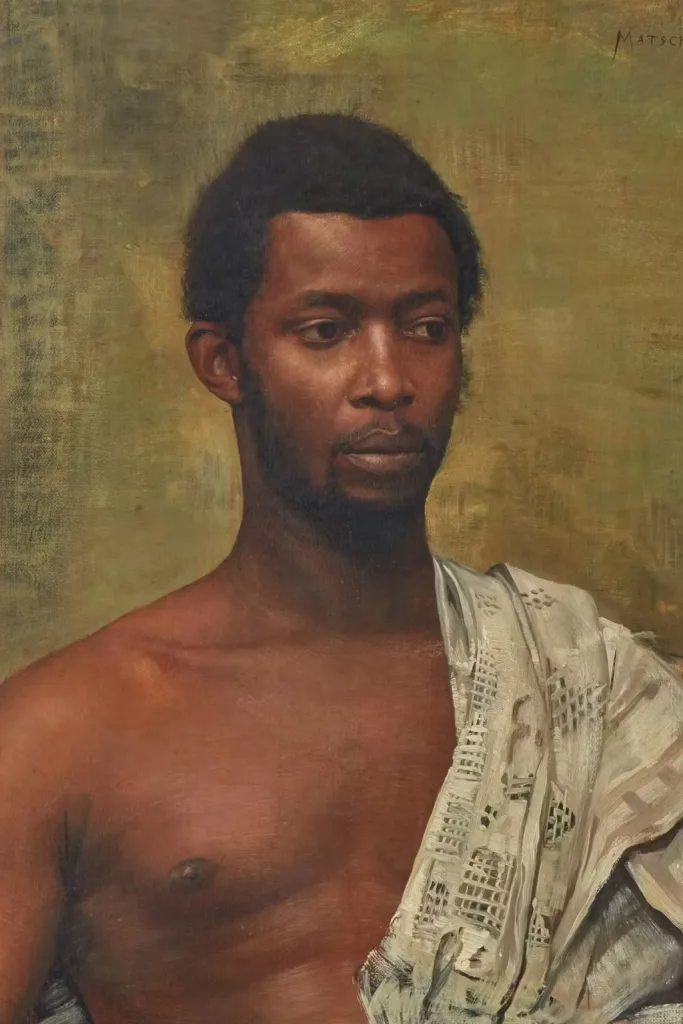
The patron initially commissioned both Klimt and fellow artist Franz Matsch to paint the prince. Although the patron selected Matsch’s version, Klimt kept his unsigned portrait in his studio. In 1923, the painting went to auction, and in 1928, Jewish art collector Ernestine Klein loaned it to an exhibition. Following the Nazi annexation of Austria in 1938, Klein and her husband fled to Monaco, and the painting’s whereabouts became unknown.
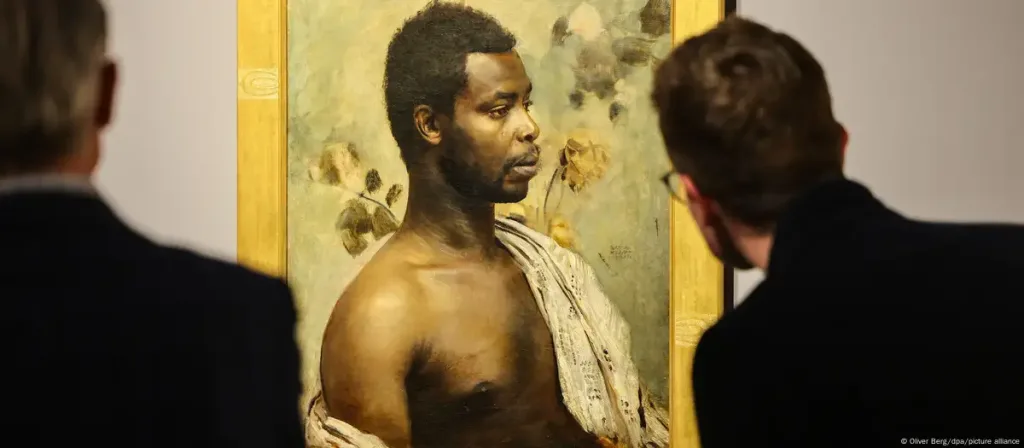
The portrait reemerged when two collectors presented it to Vienna’s Wienerroither & Kohlbacher gallery. Despite its deteriorated condition, a faint estate stamp indicated its authenticity. Art historian Alfred Weidinger, who had been searching for the piece for two decades, confirmed its provenance. After extensive restoration and a restitution agreement with Klein’s heirs, the painting is now on public display, priced at €15 million (approximately $16.3 million).
This early work offers insight into Klimt’s stylistic evolution, showcasing a shift toward decorative elements that would later define his iconic pieces like “The Kiss.” The portrait not only enriches our understanding of Klimt’s artistic journey but also sheds light on the complex historical interactions between Europe and Africa during the colonial period.
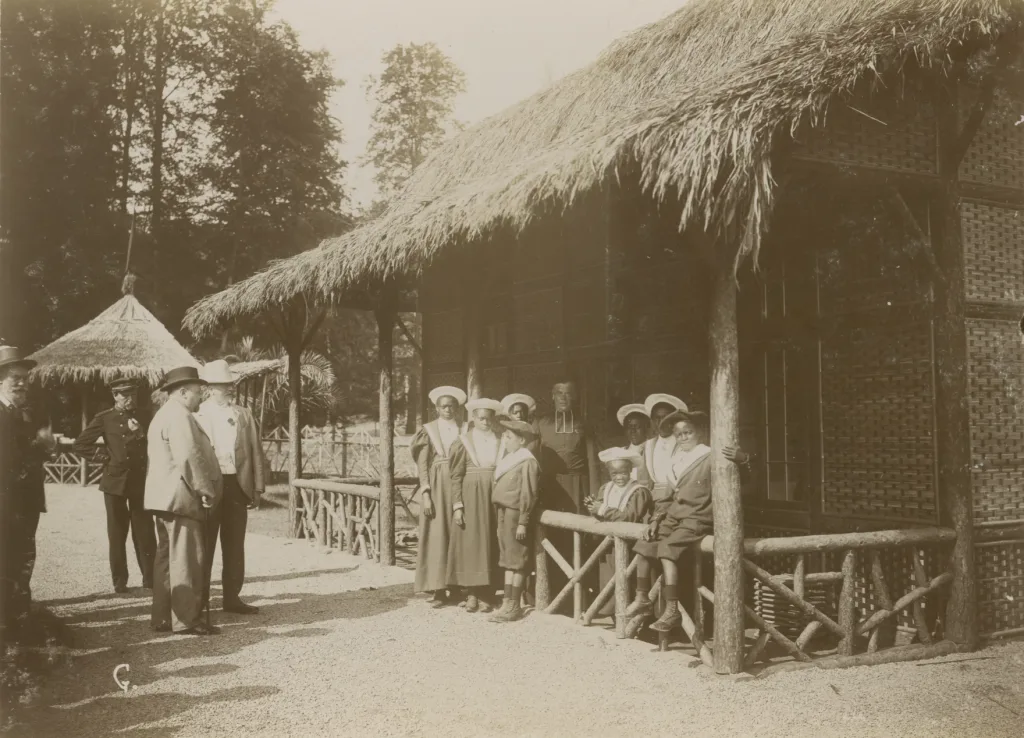
Organizers of the 1897 Vienna Völkerschau displayed Prince Dowuona as part of a broader trend of ‘human zoos’ – ethnological exhibitions that showcased people from colonized regions in staged ‘native’ settings for European audiences. These displays, prevalent in the 19th and early 20th centuries, dehumanized individuals by portraying them as exotic curiosities, reinforcing colonial ideologies of racial superiority. Vienna was not alone in hosting such exhibitions; cities across Europe and North America staged similar displays, including the 1897 Brussels International Exposition, which featured a ‘Congolese Village’ where organizers exhibited 267 Congolese individuals behind fences.
The resurfacing of Klimt’s portrait prompts reflection on these historical injustices. While the artwork honors the dignity of Prince Dowuona, it also reminds viewers of the exploitative contexts that shaped such representations.
